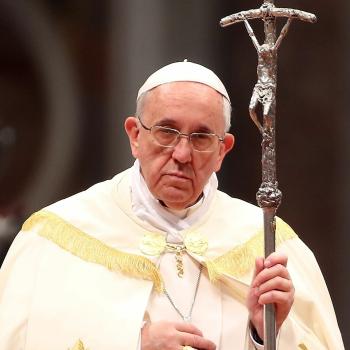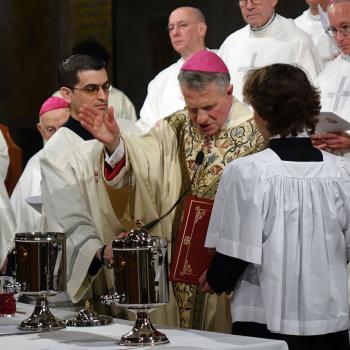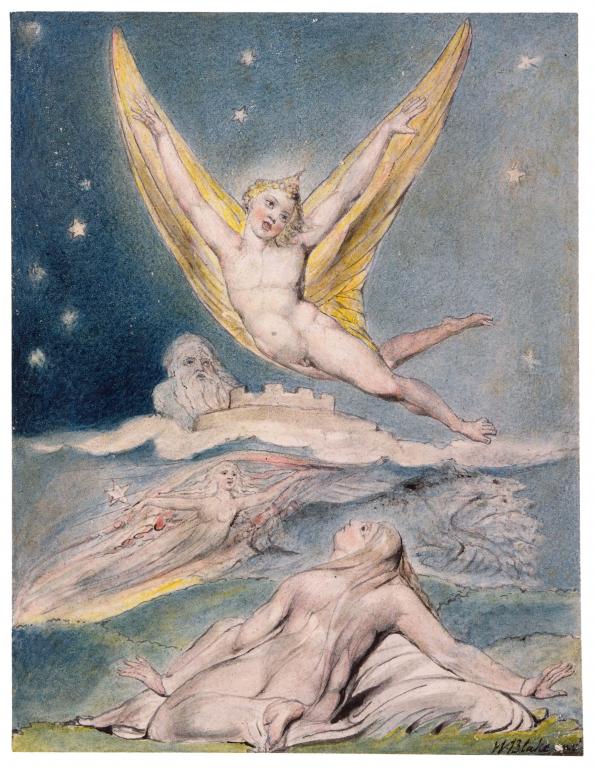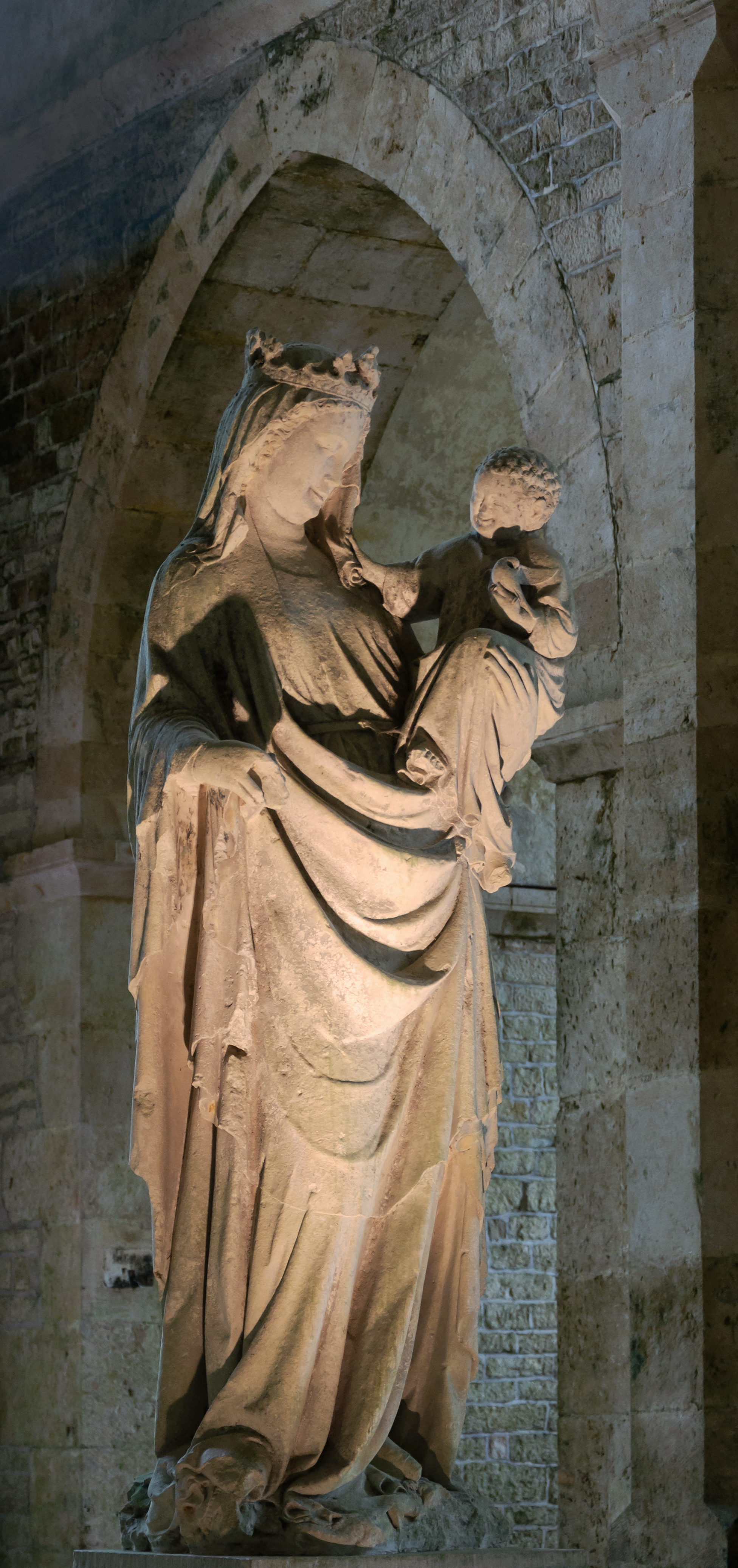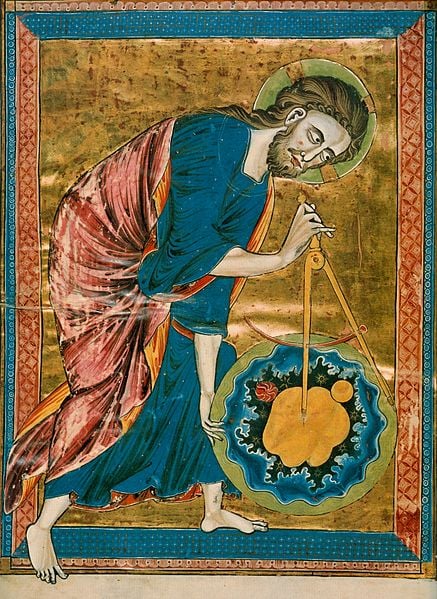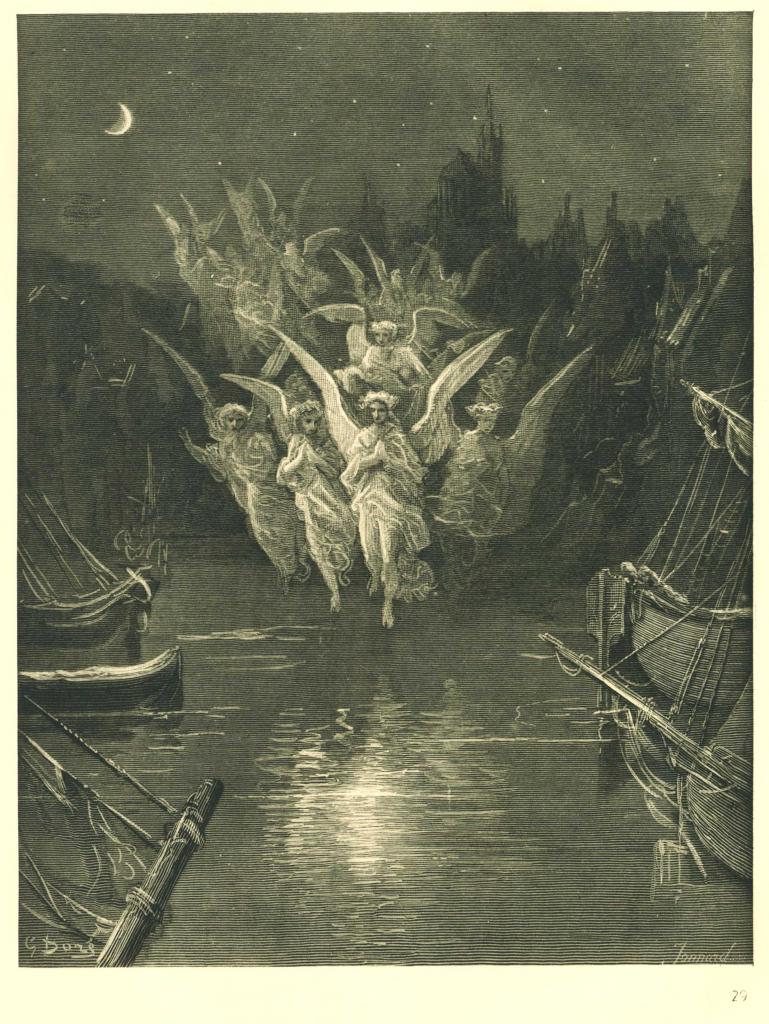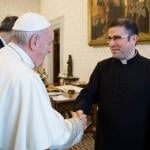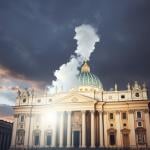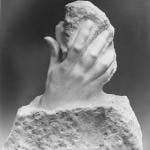David Russell Mosley
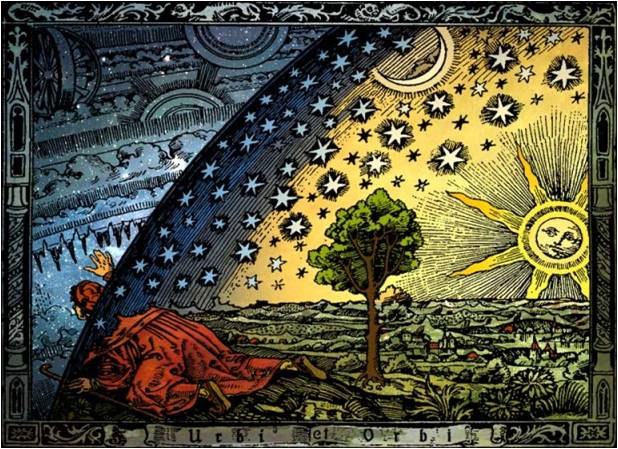
Author Heikenwaelder Hugo, Austria, Email : [email protected], www.heikenwaelder.at, CC BY-SA 2.5
Ordinary Time
1 August 2016
The Edge of Elfland
Hudson, New Hampshire
Dear Readers,
Those who have been reading these letters for a while will know that I frequently use this image (colorized or not). I’ve always been fascinated by it. So, about a year ago, I decided to do some research into the image. I wanted to know from whence it came. It’s history is interesting. The image seems to first appear in L’atmosphère: description des grands phénomènes de la Nature, written by Nicholas Camille Flammarion, a French astronomer in 1872. The image may have been made by Flammarion himself, and thus bears his name, but really we don’t know who created it. The image includes a caption which reads: “Un missionaire du moyen âge raconte qu’il avait lrouvé le point oû le ciel et la Terre touchent.” “A missionary from the Middle Ages says that he had found the place where heaven and earth touch.” We don’t know Flammarion’s source for this medieval missionary. All we know is that he appears to have used the image to showcase a mistaken understanding of the cosmos, namely a Christianized Ptolemaic understanding of the cosmos as one might find in Dante.
Now perhaps another day I’ll write more about the Christian Ptolemaic understanding of the universe, once I gain a better understanding of it myself. Instead, I want to focus on the image itself and why I continue to use it, despite knowing that its origin does not favor the image itself. You see, I agree with Flammarion that it is mistaken if we are meant to believe there are places where we must stoop down because we have come to the edge of the earth. However, it seems to me that this image has things to teach us, even in its despite.
The image shows us a man within our own world. We see the sun and moon (both of which have been anthropomorphized and given faces). We also see stars, trees, hills, and buildings. In other words, we see our world as we normally see it, as it appears normally to us. However, our pilgrim, this supposed medieval missionary, is looking beyond our world as we normally see it. Beyond the veil he sees clouds and angelic beings (note the wheel within a wheel in the upper righthand corner). Now, Flammarion wants us to see this as a mistaken understanding of the earth’s place in the universe. And yet I think we can draw a different conclusion. Rather than a mistaken understanding of the universe, if it is indeed mistaken, what this pilgrim sees beyond the veil of the horizon are the deeper realities that uphold our own. He sees the heavenly realm that is the source of our own. He sees the logoi the guiding principles behind terrestrial reality (and by terrestrial I do not simply mean the earth, but all physical reality). Even the anthropomorphic sun and moon can serve as reminders that they are placed in the heavens by the Creator (and may, as some of the ancients and medievals believed, have intelligent principles guiding them in their course––and no, I haven’t forgotten that the earth goes round the sun, but modern science tells us that our galaxy itself is moving in the universe).
Things in this world seem rather dark. I have been a student of history long enough to know that this period is no darker than any other, though it may be no brighter either. Nevertheless, I know that living now is different from knowing about our past sins. We see priests being killed while celebrating the Eucharist. Christians and Muslims are being displaced from their homes in the Middle East. American Politics has reached new heights in its corruption. Whether or not things are darker today than they were in yesteryear, they are certainly dark. And so for me at least this image reminds me of the light. This image reminds me that what I can see when looking around me is not all there is. It reminds me that there is a deeper a truer reality that stands behind and upholds our own. It reminds me that the cosmos points to its creator, is filled with his grandeur if only we have the eyes to see it. You see, I do not view this picture as a man having reached the point where heaven and earth meet. Instead this an image that reminds me of the things that go unseen by all but a few. It reminds me of the mystical nature not only of the Church or her people, but of reality itself. And so I take hope. I remember that though we may be fighting the long defeat, there is something far truer, far more real than what we can see around us when our vision is obfuscated by sin. There is light in the midst of darkness. We need only to turn to it and we will such wonders that while we will still weep at the evil, we will not stop at weeping but will rejoice because we have seen.
Lord of Lights, give us eyes to see
and ears to hear,
So that we may be awakened to the Truth.
Open our eyes and let us see
The angels and archangels
as they protect and minister to us;
The Saints and Martyrs
as they intercede on our behalf.
The Blessed Virgin,
Whose fiat overcame the Sin of Eve.
Let us see Yourself
Father, Son, and Holy Spirit
In the eyes of the stranger,
In the heart of homeless
In the mouth of the oppressed.
Go before us, preparing us
For the Beatific Vision,
For the reunification of Heaven and Earth.
Lord of Lights, give us eyes to see
and ears to hear,
So that we may be awakened to the Truth.
Amen.
Sincerely,
David




